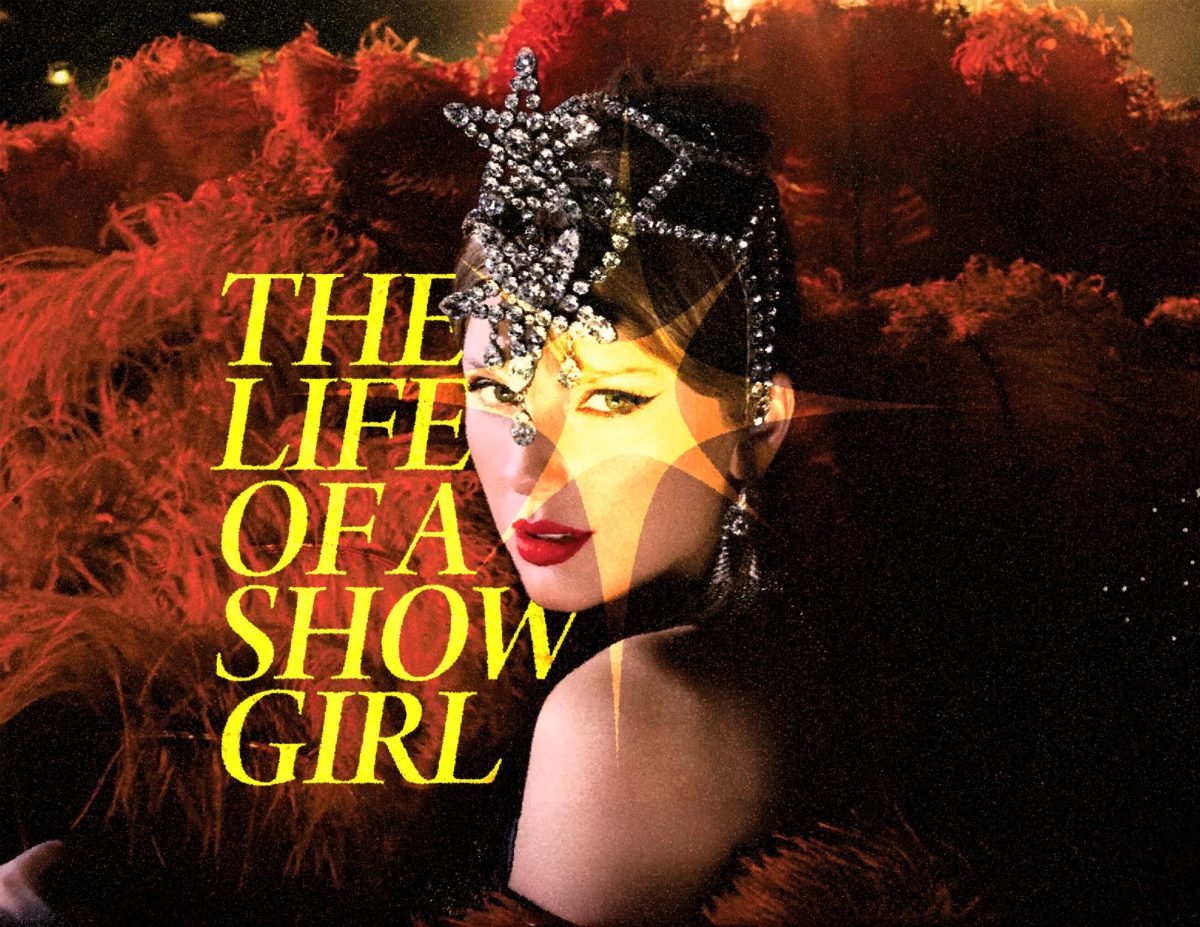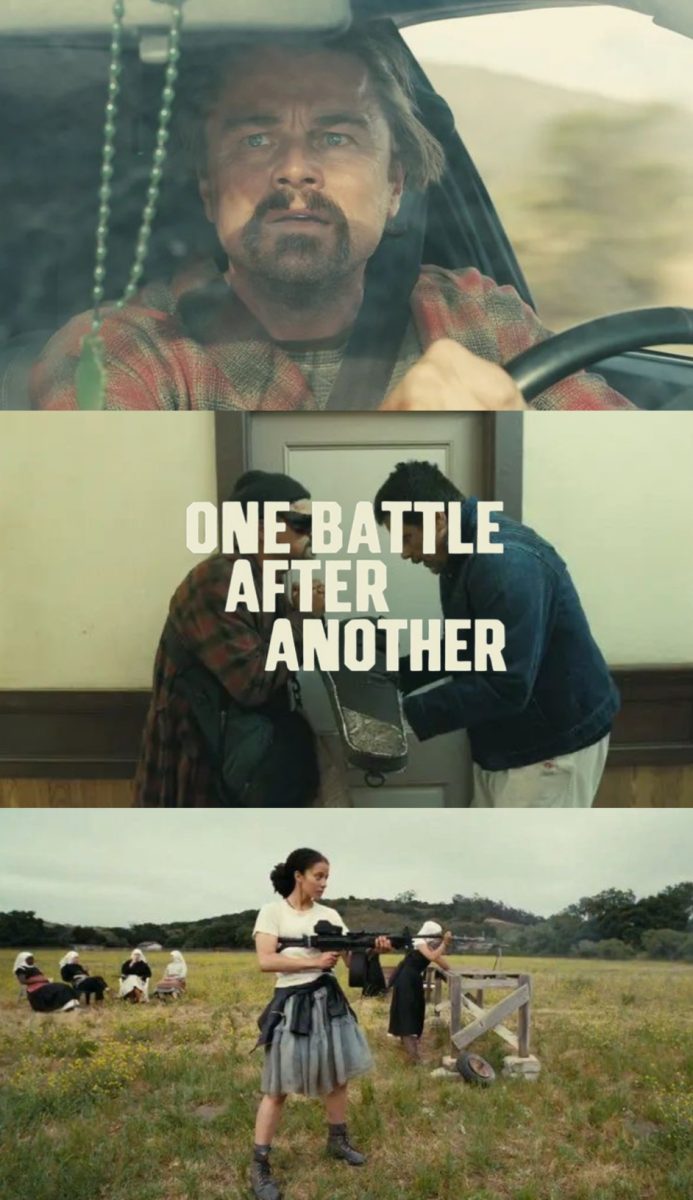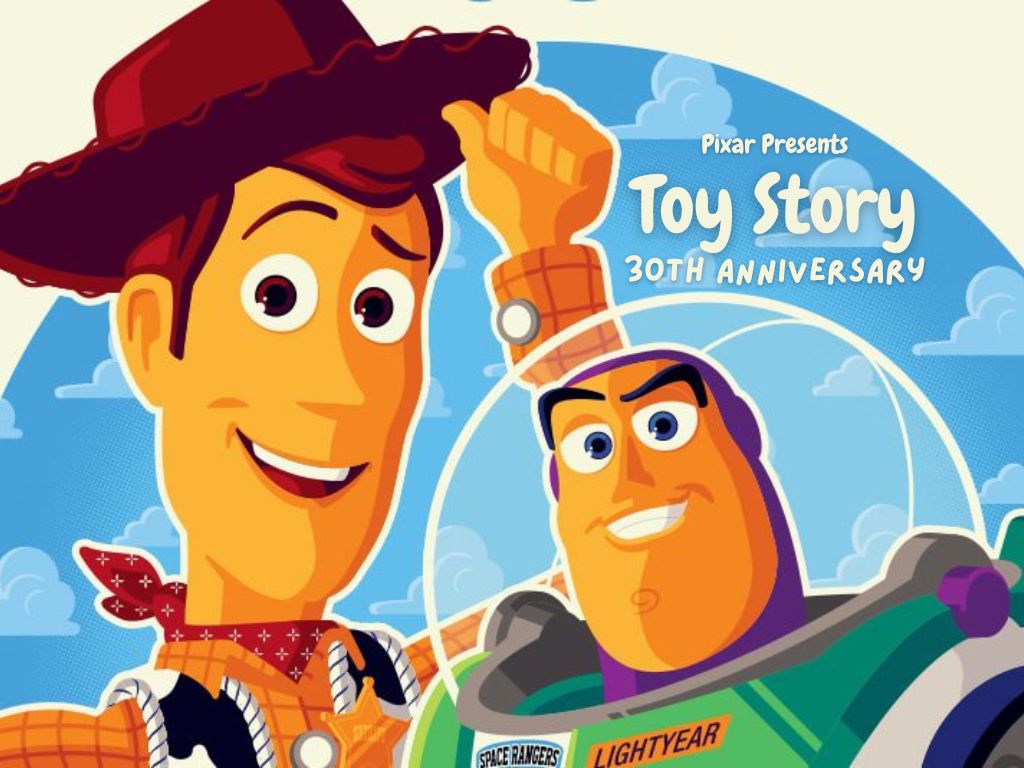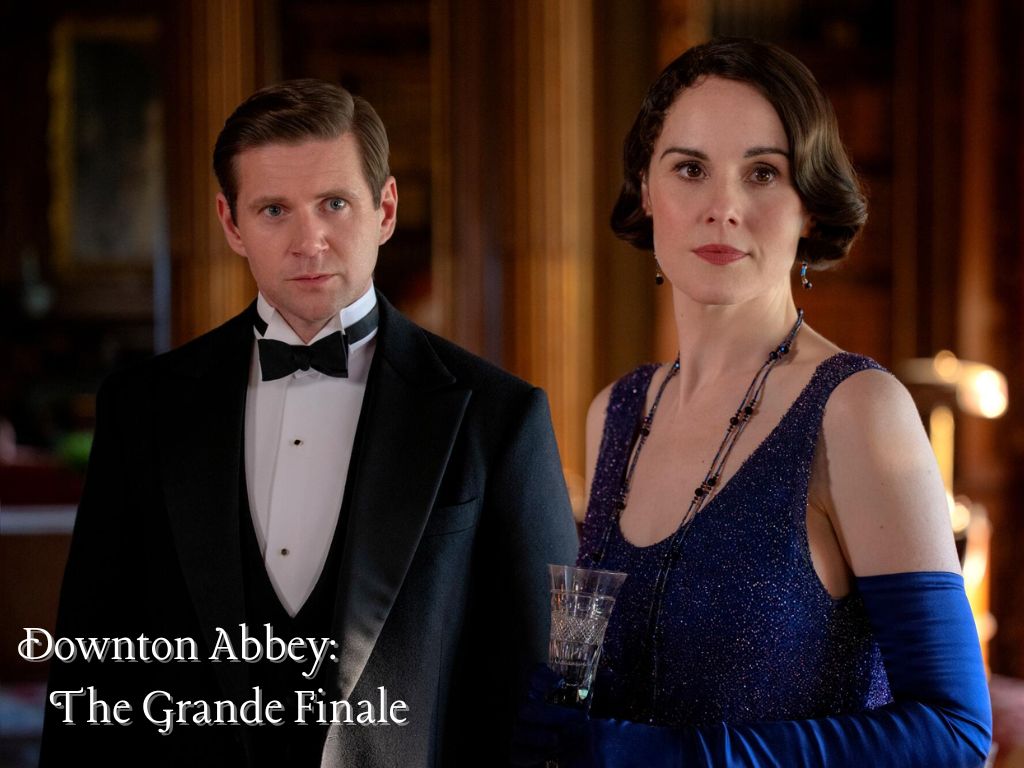On Sept. 10, #CancelNetflix was the number-one trending hashtag on Twitter. For once in our increasingly polarized country, the left and right picketed digitally against the same problem: “Cuties,” the debut film of French-Sengali director Maïmouna Doucouré.
“Cuties” premiered at the 2020 Sundance Film Festival to a warm reception. However, when Netflix picked it up for streaming, the film garnered attention not for its narrative, but for its advertising. Their poster featured underage girls in revealing clothing. You can’t blame people’s first reactions to be outraged. Out of context, one could interpret Netflix as marketing these minors as attractive and sexualizing little girls, especially given the placement of the title.
As word of “Cuties” spread, many users called for Netflix to remove the movie, or else they would unsubscribe from the streaming giant. Most of them refused to watch the film, basing their claims — that the film was normalizing pedophilia — solely on the poster and out-of-context dance scenes. Rather than removing the film, Netflix changed the poster and issued statements to the press encouraging people to watch it. The reaction escalated — soon, Netflix’s unsubscription rate increased by eight times the usual amount. Everyone from the radical left to the followers of QAnon wanted Netflix, and Doucouré, punished.
But what is “Cuties,” actually?
The protagonist is Amy, an 11-year-old Senegalese girl who moves to a housing project in Paris with her family. In the first scenes, the viewer sees her starting to doubt the conservative and misogynistic views within her particular Muslim community.
Meanwhile, at her new school, she is bullied by, becomes curious about and eventually befriends the titular dance troupe, the Cuties. To her, they represent a kind of freedom she’s never known: they run rampant in supermarkets, flirt with boys and are independent of adult supervision. On Amy’s first day hanging out with them, the girls show her the inspiration for their act via Instagram; a different dance troupe of legal-aged women, dancing provocatively in skimpy outfits.
Amy secretly practices these dances in her spare time, and, after a member of Cuties is exiled, reveals her secret skill, inducting her into the group. Amy uses Cuties as a distraction and rebellion from her depressing home life, where she has to prepare for a ceremony in which her mother accepts her father’s second wife. Through escapism, Amy quickly becomes the driving force of Cuties, right before a big dance competition.
As you can tell, “Cuties,” structurally, is already the typical coming-of-age “tween” rebellion narrative you’d find in a Disney TV movie. Despite its discussion of Muslim culture and its controversial shots, plot-wise, it’s simply nothing new.
While the acting is impressively believable across the board, especially for child actors, the methods used to convey character progression are trite; in the beginning, Amy is cloaked in shadow and drab blue clothes, but when she becomes a member of Cuties, her clothes get progressively more colorful and revealing. When Amy is distressed, the camerawork is shaky. When she’s happy, it’s static.
Really, the only insightful symbolism came about every time Amy was told what to do by her relatives. Since the adult is always off-screen, we only see Amy staring, almost as if their commands are already a part of her inner monologue.
Despite the plot, there is an aspect that separates it from other films focused on adolescents, and that’s “Cuties” focus on hypersexualization. Yes, there are scenes of minors dancing in revealing outfits. They are uncomfortable. But the narrative tells us that the influence of Cuties and the social media they adore is negative.
Two times in the film, internal conflict arises when Amy finds she is not accepted by her family or her new friends for her mimicry. In one of the most unnerving scenes, where Amy posts nudes (which the audience doesn’t see) on Instagram for attention, she is both punished by her mother and shunned from Cuties for ruining their reputation.
This is not sexualization of puberty so much as a look into the intersection of conservative homelife and hypersexualized influence, meaning that those behind #CancelNetflix, ironically, have mistook “Cuties” for the type of media its theme is posed against. In fact, in an interview with Associated Press, Doucouré defends the meaning of the film:
“Our girls see that the more a woman is overly sexualized on social media, the more she is successful. Children just imitate what they see, trying to achieve the same result without understanding the meaning. It is dangerous,” said Doucouré.
This is not to say the intention and execution match perfectly. While the overall moral is clear by the last scenes, in which Amy breaks down during the big competition and leaves to help her family, several segments beforehand muddle the notion of consequence within the script, especially the dance sequences, which are tonal and thematic whiplash.
We know from the social and physical punishments Amy receives for her actions that she is not in the right while dancing, but due to the unfiltered pop music and generally static presentation, it feels like a music video, as if Amy is exactly where she’s supposed to be. Combine this with the occasional close up shot of someone’s behind, and you have a recipe for disaster out of context.
There is one scene of visual-aural dissonance that works, however: the slow motion sequence, which is the Cannes poster and the current poster on Netflix. They’re having childish fun, but there’s somber and somewhat distorted classical music in the background. Replicating this in all of the dance sequences would create much-needed congruency; as much as the film can be too obvious with its symbolism, its morals need that same treatment.
So, is “Cuties” worth the controversy? Not really. The morals of those who refused to see the film are sound — child sexualization is, in fact, a heinous aspect of modern culture — but their activism comes off as performative. You never see movements against child beauty pageants, or gymnastics, or actual youth dance groups, which could also feed into pedophilia, according to their logic.
But it’s hard to recommend this movie for reasons other than making your own opinion on the controversy. “Cuties” could definitely start a conversation about oversexualization, and its cultural elements are crucial to Black and Muslim representation in film. But, structurally, it’s just a mediocre coming-of-age story that doesn’t tell the current college generation anything it doesn’t already know.




















